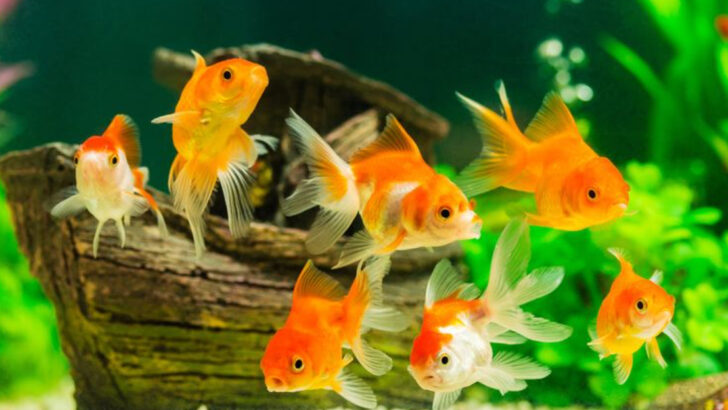Fish may be quiet, but their care is anything but simple. These delicate, finned creatures need the right balance of water, food, and environment to thrive—not just a tank and some flakes.
Too many fish owners make the mistake of thinking their job ends after dropping in some food. But a happy, healthy fish needs more than that. From water quality to tank mates, there’s an art to keeping these little swimmers alive and well.
The good news? Once you get the hang of it, fish care is incredibly rewarding. Watching them glide effortlessly through crystal-clear water, knowing you’ve created a thriving home, is a feeling like no other.
Whether you’re a first-time fish keeper or looking to improve your aquatic skills, these 16 essential tips will help you keep your fish happy, healthy, and swimming strong.
Maintain Water Quality
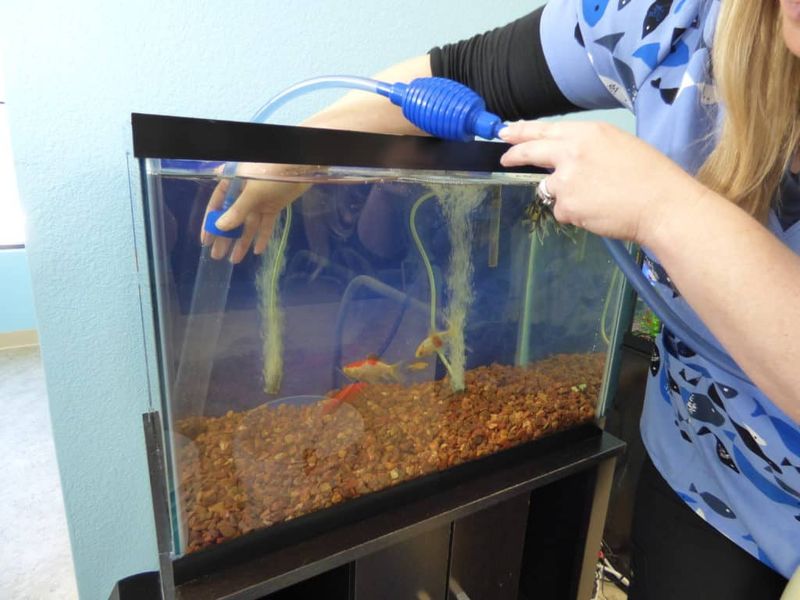
Keeping the water in your aquarium clean and balanced is crucial for the well-being of your fish. Regularly test the water parameters, including pH, ammonia, nitrite, and nitrate levels, to ensure they remain within safe limits. Using a reliable water testing kit is recommended.
Perform water changes regularly, but avoid changing too much at once as it can shock your fish. A 10-15% weekly change is typically sufficient. Consistency in water temperature is also important, so monitor and adjust heaters accordingly.
Overall, maintaining water quality is key to preventing disease and promoting the health of your aquatic pets.
Choose Appropriate Tank Size
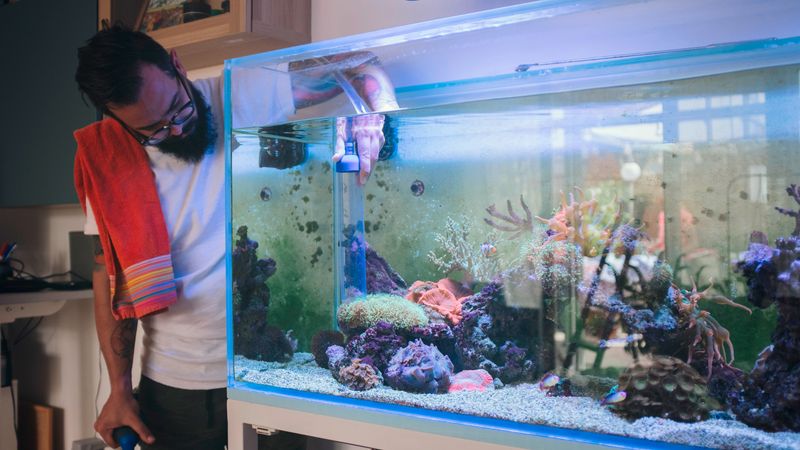
Selecting the right tank size for your fish is essential for their well-being. Overcrowding can lead to stress and health issues, so research the specific needs of your fish species.
A larger tank provides more stable water conditions and allows fish to exhibit natural behaviors. It’s generally advisable to opt for the largest tank your space and budget allow.
Keep in mind that different fish have varying space requirements. For instance, schooling species often need more room to thrive. Proper tank selection ensures a healthy and harmonious environment for your fish.
Provide Adequate Filtration
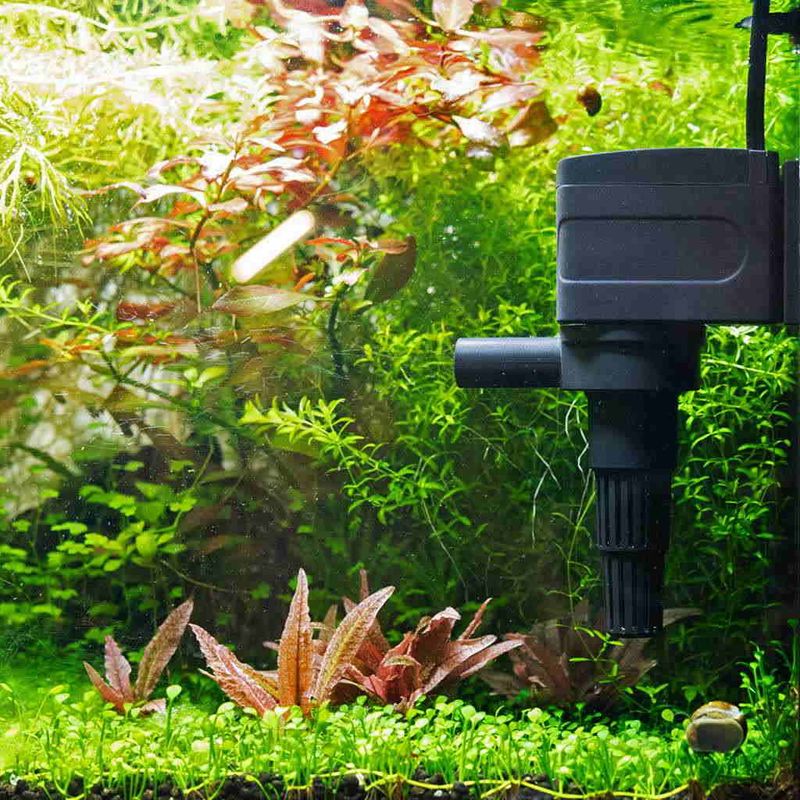
A good filtration system is vital for maintaining a healthy aquarium. Filters help remove waste, debris, and toxins from the water, keeping it clean and clear.
There are different types of filters available, including hang-on-back, canister, and sponge filters. Choose one that suits your tank size and the specific needs of your fish.
Regularly clean and maintain your filter to ensure it functions effectively. Clogged filters can reduce water quality and harm your fish. Proper filtration helps create a stable and safe environment for your aquatic friends.
Select Compatible Fish Species
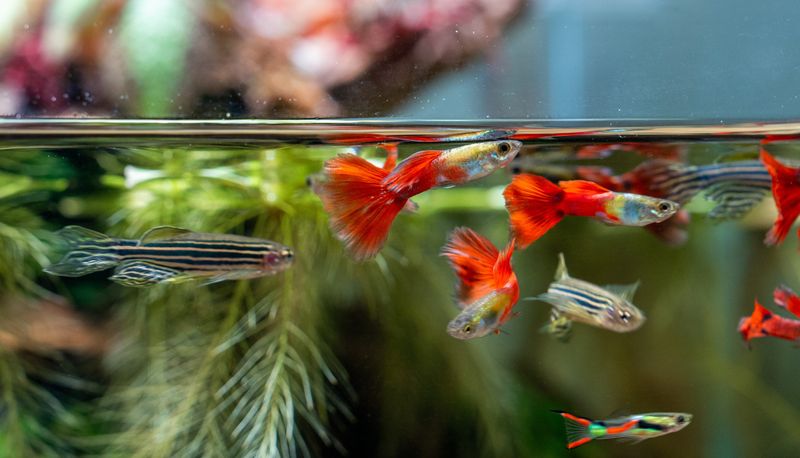
Choosing fish that get along well is crucial for a peaceful aquarium. Research species compatibility before adding new fish to your tank.
Some fish can be aggressive or territorial, while others prefer to live in groups. Understanding these behaviors helps prevent conflicts and stress among tank inhabitants.
Introduce new fish slowly, giving them time to acclimate. Observe interactions closely and be prepared to make adjustments if necessary. Compatibility ensures a harmonious and stress-free environment, contributing to the overall health and happiness of your fish.
Feed a Balanced Diet

Providing your fish with a balanced diet is essential for their health and vitality. Different species have varied dietary needs, so research the specific requirements of your fish.
Offer a mix of high-quality flakes, pellets, and, if appropriate, live or frozen foods to ensure a well-rounded diet. Avoid overfeeding, as excess food can pollute the water and harm your fish.
Monitor your fish during feeding times to ensure they eat properly. A balanced diet supports growth, enhances coloration, and boosts the immune system, keeping your fish lively and strong.
Create a Natural Habitat
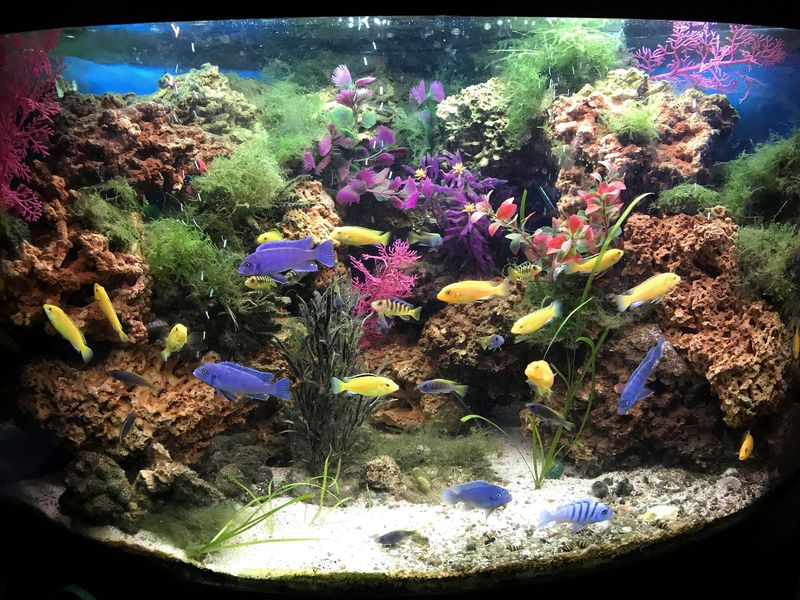
Recreating a natural environment in your aquarium can greatly enhance the well-being of your fish. Use plants, rocks, and driftwood to mimic their natural habitat and encourage natural behaviors.
Live plants not only beautify the tank but also help maintain water quality by absorbing nitrates. Ensure the decorations do not have sharp edges that could harm your fish.
Consider the specific needs of your fish when arranging their environment. Creating a natural habitat provides comfort and reduces stress, promoting a healthier and happier life for your fish.
Monitor Fish Behavior
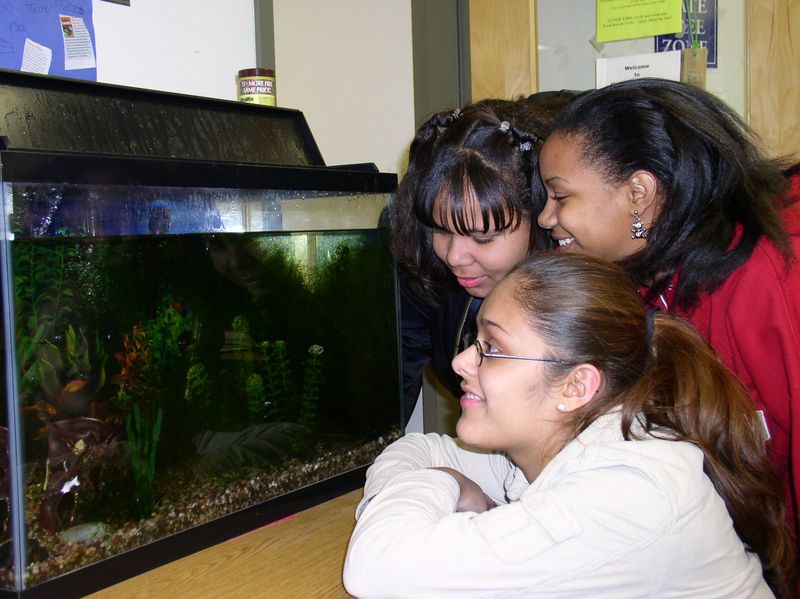
Regularly observing your fish helps you notice any changes in behavior that might indicate stress or illness. Take note of their usual patterns and interactions.
Unusual behaviors, such as hiding, not eating, or erratic swimming, can be warning signs. Early detection allows for timely intervention, potentially preventing more serious health issues.
Keep a journal of observations to track changes over time. Understanding your fish’s behavior helps ensure they remain healthy and content in their aquatic environment.
Control Lighting
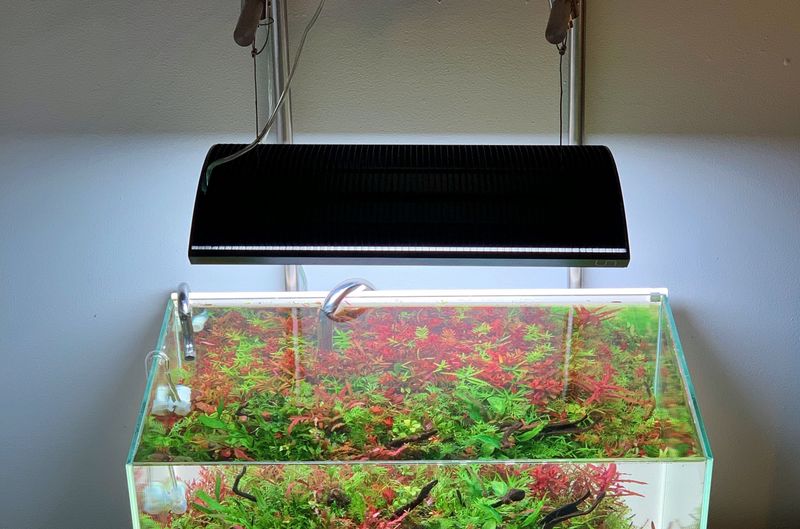
Proper lighting is important for fish health and plant growth in an aquarium. Invest in adjustable LED lights to simulate natural light cycles.
Avoid placing the aquarium in direct sunlight, as it can cause temperature fluctuations and algae growth. Use a timer to maintain consistent day and night cycles, typically 8-12 hours of light per day.
Adjust lighting according to the needs of your fish and any live plants. Proper lighting control contributes to a balanced environment, supporting the health and well-being of your aquarium’s inhabitants.
Quarantine New Fish
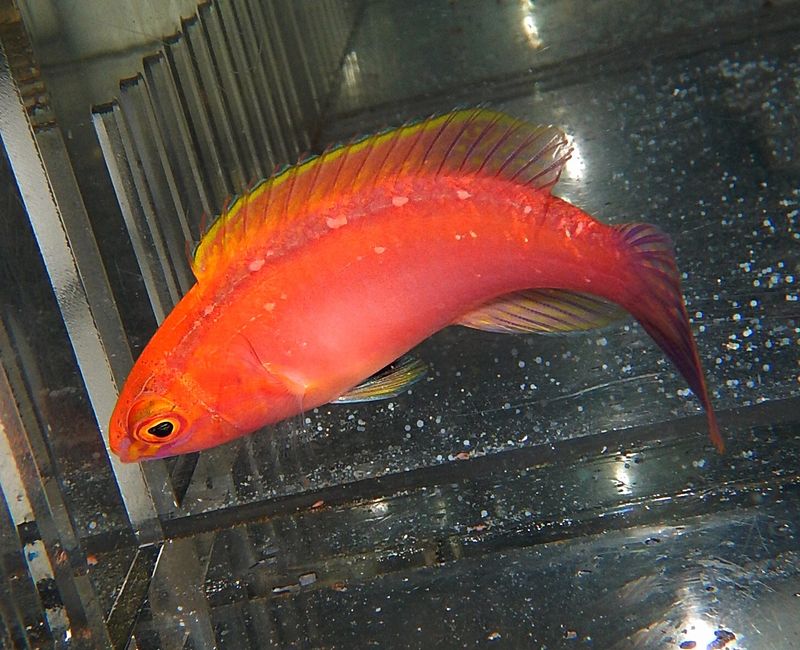
Quarantining new fish before introducing them to your main tank is a precautionary step to prevent the spread of disease. Set up a separate tank for new arrivals.
Observe the newcomers for at least two weeks, watching for signs of illness. Treat any issues before they join your established community.
This process helps protect your existing fish from potential infections or parasites. Quarantining new fish ensures a healthier, safer environment for all your aquatic pets.
Maintain Consistent Temperature
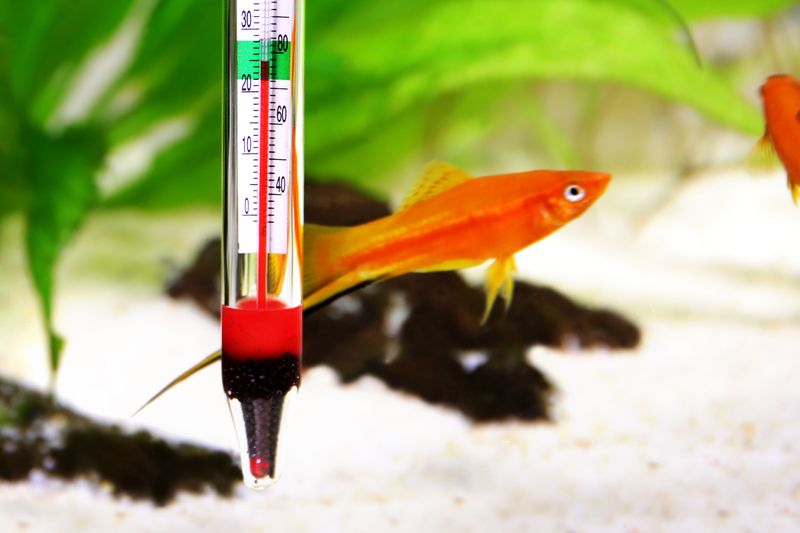
Fish are sensitive to temperature changes, so maintaining a consistent temperature in your tank is vital. Use a reliable heater to keep the water at the desired temperature for your specific fish species.
Regularly check the temperature with a digital thermometer, especially during seasonal changes. Avoid placing the tank near windows or heat sources to prevent fluctuations.
A stable temperature promotes healthy metabolism and reduces stress, ensuring a comfortable environment for your fish to thrive.
Schedule Regular Tank Cleaning
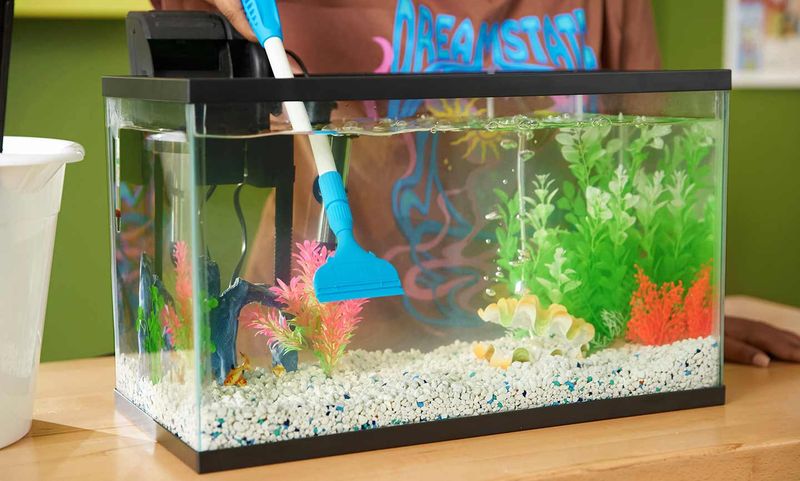
Keeping your aquarium clean is essential for the health of your fish. Regularly remove debris, algae, and uneaten food using tools like a gravel vacuum and sponge.
Schedule cleaning tasks weekly, but avoid disturbing the tank ecosystem excessively. Clean decorations and plants as needed, and check filter components for maintenance.
Consistent cleaning helps prevent the buildup of harmful substances and promotes a safe, visually appealing habitat. By maintaining cleanliness, you ensure a thriving environment for your aquatic pets.
Use Proper Salt Levels
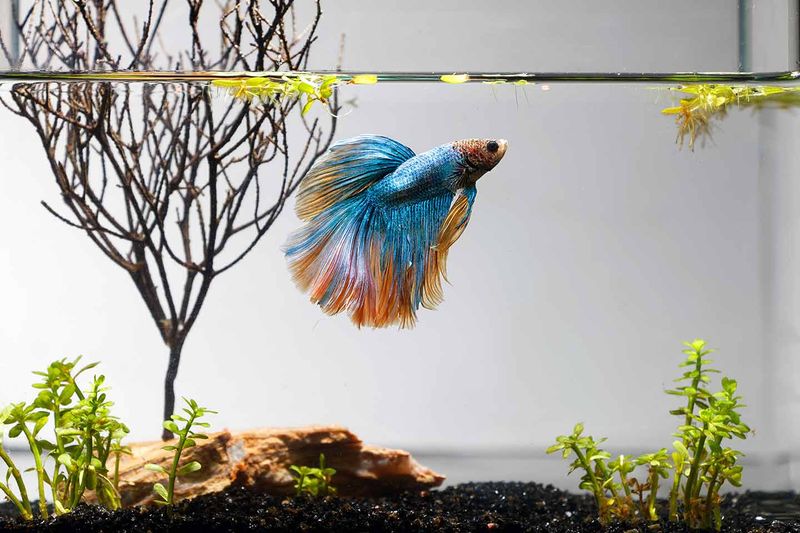
For those keeping saltwater fish, maintaining proper salinity levels is crucial. Use a hydrometer to regularly check salt levels in your marine tank.
Mix saltwater carefully, following manufacturer instructions. Gradual changes are better tolerated by fish, so avoid sudden shifts.
Proper salt levels support the health of marine species and prevent stress. Maintaining the correct salinity ensures your saltwater fish thrive in a balanced and stable environment.
Provide Hiding Spots
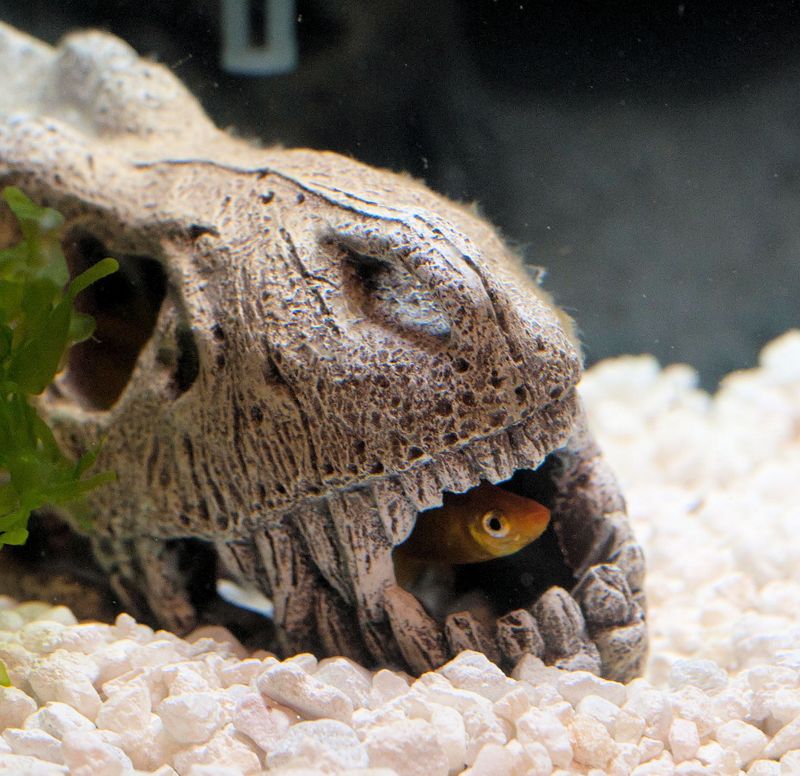
Creating hiding spots in your aquarium is important for the comfort and security of your fish. Use decorations like caves, plants, and ornaments to provide sheltered areas.
Hiding spots help reduce stress by offering fish a place to retreat and feel safe. They are especially beneficial for shy or territorial species.
Ensure there are enough spaces for all fish to avoid conflicts. Providing hiding spots contributes to a harmonious environment, ensuring your fish feel relaxed and at ease.
Balance Male and Female Fish
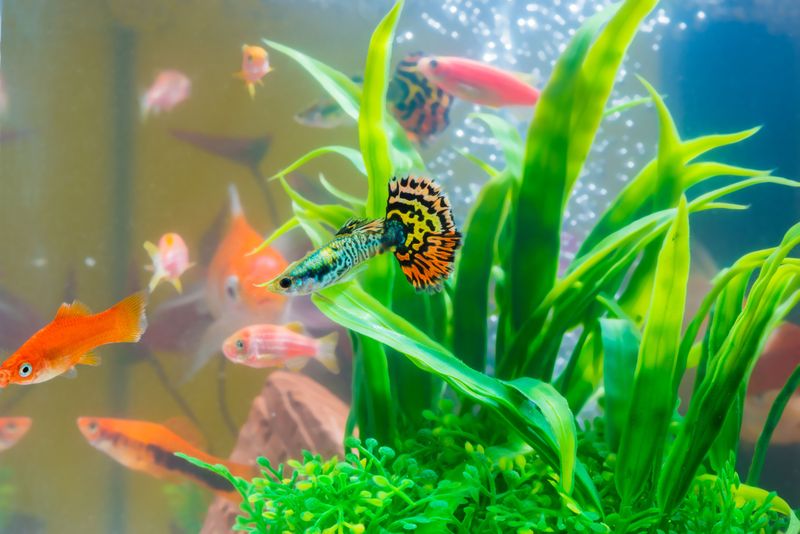
Maintaining a balanced ratio of male to female fish can prevent aggression and ensure a peaceful tank environment. Research the specific needs of your fish species regarding gender ratios.
Some species may become aggressive if the balance is off, leading to stress and potential harm. Understanding these dynamics helps create a harmonious community.
Introduce new fish gradually and observe interactions. A balanced gender ratio contributes to the overall stability and happiness of your aquarium.
Regular Health Checks
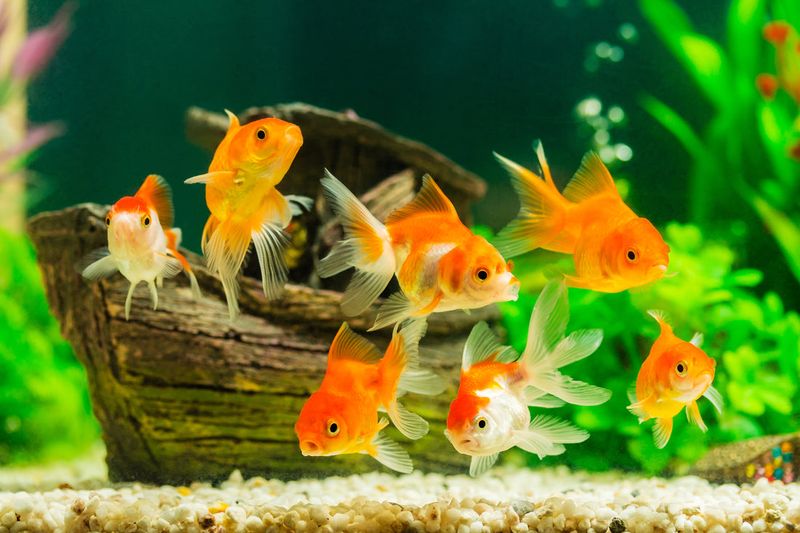
Performing regular health checks on your fish allows for early detection of illness or stress. Examine your fish closely for visible signs of disease, such as spots, discoloration, or unusual behavior.
Consult with a veterinarian if you notice any concerning symptoms. Prompt treatment can prevent more serious health problems.
Routine health assessments help you stay informed about your fish’s well-being, ensuring they remain healthy and vibrant in their aquatic home.
Engage in Responsible Fishkeeping
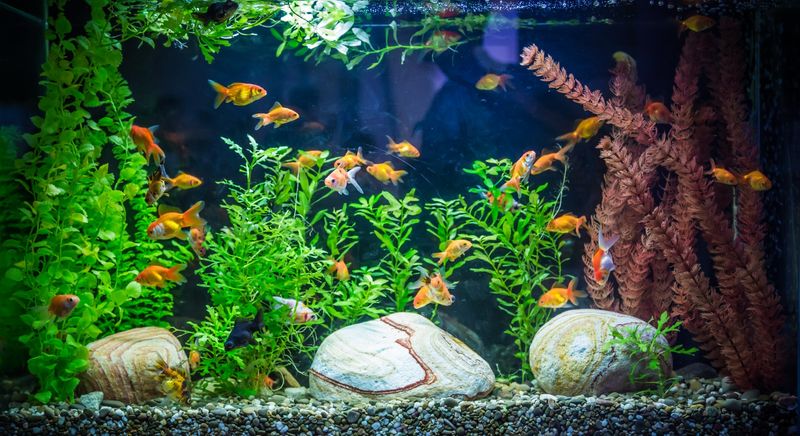
Being a responsible fishkeeper means understanding the lifelong commitment of caring for fish. Educate yourself on the specific needs of your fish species and stay informed about best practices.
Plan your aquarium setup carefully, considering the appropriate tank size, filtration, and companions for your fish. Regularly update your knowledge through books, online resources, and expert advice.
By engaging in responsible fishkeeping, you ensure a fulfilling experience for both you and your aquatic pets, promoting a healthy and enriching environment.

